The Weirdest Dracula Movie Adaptations
From Billy the Kid to Gerard Butler, we look back at the strangest, and often most misbegotten, Dracula movies ever put to screen.
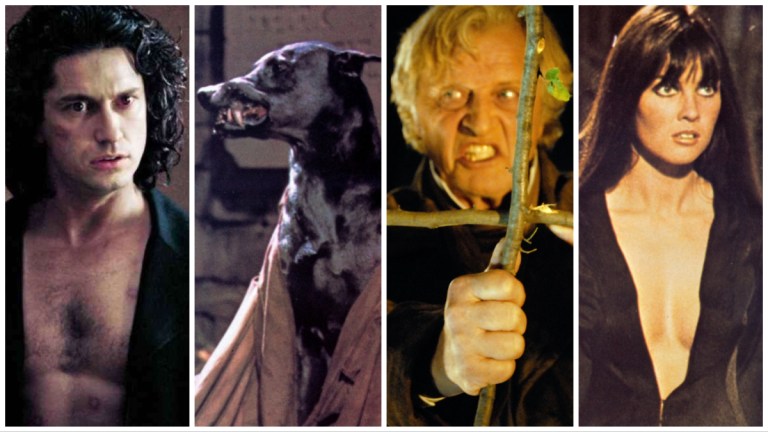
Some things never go out of style, and Dracula is one of them. Bram Stoker’s novel helped to fully define the vampire in the cultural consciousness. Almost 130 years since its publication, it remains hugely popular, with the new horror comedy Renfield giving the one and only Nicolas Cage a chance to don the cape.
The vampiric character is the most adapted in film and television history aside from Sherlock Holmes, so we have a full century of bloodsucking variety to revel in. There are the classics, of course, from Bela Lugosi to Gary Oldman in Francis Ford Coppola’s famous interpretation. But then there are the adaptations that make us wonder what the director was going through when they made it. You can do basically anything with vampires and it’ll make sense, but these Dracula revamps seriously test that.

Abbott and Costello Meet Frankenstein (1948)
Imagine if every Marvel superhero had to star in a comedic spinoff movie alongside Pete Davidson or the Lonely Island guys that mocked their entire persona. That’s essentially what happened in the ‘40s with the Abbott and Costello films. Bud Abbott and Lou Costello were megastars of radio sketch comedy, and Universal quickly snapped them up for an array of movie roles, including musicals, Westerns, and even horror parodies. Despite not being included in the title, 1948’s Abbott and Costello Meet Frankenstein is actually a Dracula film, with none other than Bela Lugosi himself returning for the first time on screen to the role that made him an icon.
In this one, the Count needs a brain to revive Frankenstein’s Monster, Lon Chaney Jr.’s the Wolf Man is trying to stop him, and Abbott and Costello slap each other a lot. Aside from how much this movie weirdly parallels the Hugh Jackman Van Helsing film, also a Universal release, Abbott and Costello Meet Frankenstein isn’t as much fun as it should be. It was clear by 1948 that Universal was flogging a dead horse with its iconic monster films, and the comedic leads clearly didn’t want to make this. Still, it was a huge hit and led to Abbott and Costello meeting the Invisible Man, the Mummy, and Dr. Jekyll and Mr. Hyde. Personally, we would love to see M3GAN hang out with Key and Peele.
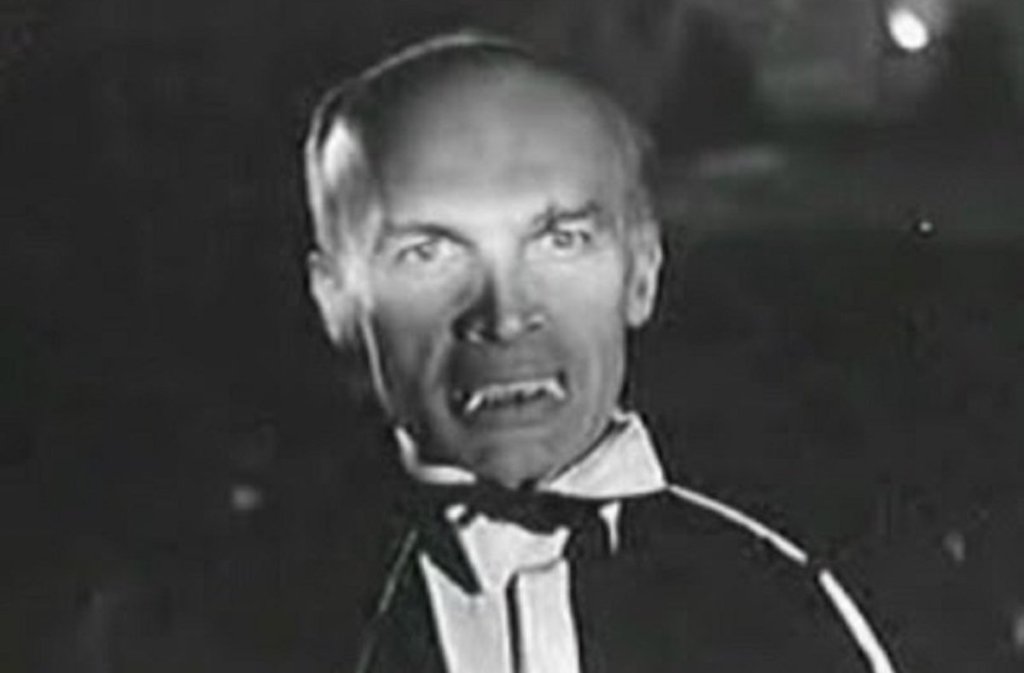
Dracula in Istanbul (1953)
When Stoker’s novel was published in Turkish in the 1920s, the translator took a lot of liberties with the text. The book became extremely Turkish, with names changed, the Quran being used as a weapon against vampires, and Dracula being directly linked to the historical lore of Vlad the Impaler, which, contrary to popular belief, isn’t actually in Stoker’s novel.
When they decided to adapt this strange bootleg novel into a film, they took even more liberties! Dracula in Istanbul is set in then-contemporary ‘50s Türkiye, with Mina, known as Güzin her, being a sexy dancer and primary breadwinner for her family (and the film never shames her for this). Dracula is bald, has tusk-like teeth, and is warded off with garlic cloves rather than any religious tools. From a purely historical perspective, Dracula in Istanbul is a unique oddity, but it’s also surprisingly gripping and more faithful to Stoker’s book than the bastardized translation it was working from.
It’s also the first documented adaptation of Dracula that shows him crawling up the castle walls and offering a newborn baby to his brides as a feast.

Billy the Kid Versus Dracula (1966)
Before Freddy vs. Jason or Mega Shark vs. Giant Octopus, the Wild West’s infamous outlaw took on the undead Count in 1966’s Billy the Kid Versus Dracula. John Carradine called it the worst film he ever made and the only one he regretted, which is saying something since he has literally 351 credits to his name and has titles like Satan’s Cheerleaders (1977) and Vampire Hookers (1978) to his name. In fairness, it is a pretty terrible movie, one made because the setup sounded good but done with as little care or money as possible. The entire shoot took eight days and was shot alongside the equally low-budget high-concept Jesse James Meets Frankenstein’s Daughter (1966).
Old Dracula wants to turn Billy’s girlfriend into his newest undead bride, so he goes undercover to capture her. This should be a fun film that keeps its tongue firmly planted between its cheeks but it’s far too shoddily made and everyone onscreen looks bored out of their skulls. The only thing it’s less interested in than vampires is Westerns, which is weird given what it’s mashing together. For a more respectable vampire Western, consult Kathryn Bigelow’s 1987 cult classic, Near Dark.
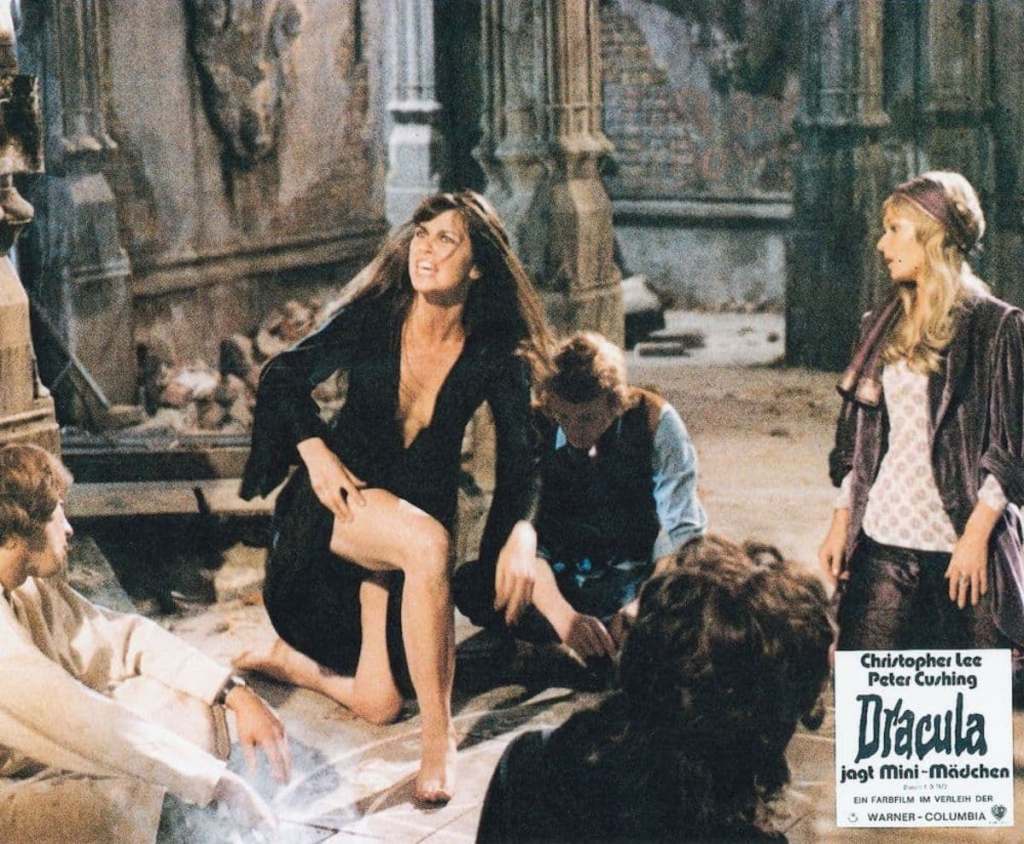
Dracula A.D. 1972 (1972)
Hammer Horror was responsible for bringing Dracula into the new age, with Christopher Lee reinventing the role in a series of lascivious films that combined blood, sex, and terror. As the decades passed, however, Hammer started to focus more on the sex than the scares. Dracula A.D. 1972 is nowhere near the best of the studio’s vampire films, but it is hugely enjoyable and weirdly daring in its own boobs-heavy way.
As the title suggests, this installment sees the Count brought back to life in then-contemporary swinging London as Van Helsing’s granddaughter must take on black magic, horny teenagers, and one of Dracula’s descendants with the extremely subtle name of Johnny Alucard (get it?!). The fish-out-of-water aspects get old quickly but viewed now as a historical artifact with an undead culture clash, it’s a blast to watch. It helps that the funky Blaxploitation-inspired score is full of earworms. For the full picture, watch this alongside its direct sequel, 1973’s The Satanic Rites of Dracula, which features spies, bikers, sinister property developers, and an evil scientist trying to create a new plague to wipe out the planet. Bram Stoker would have been proud.
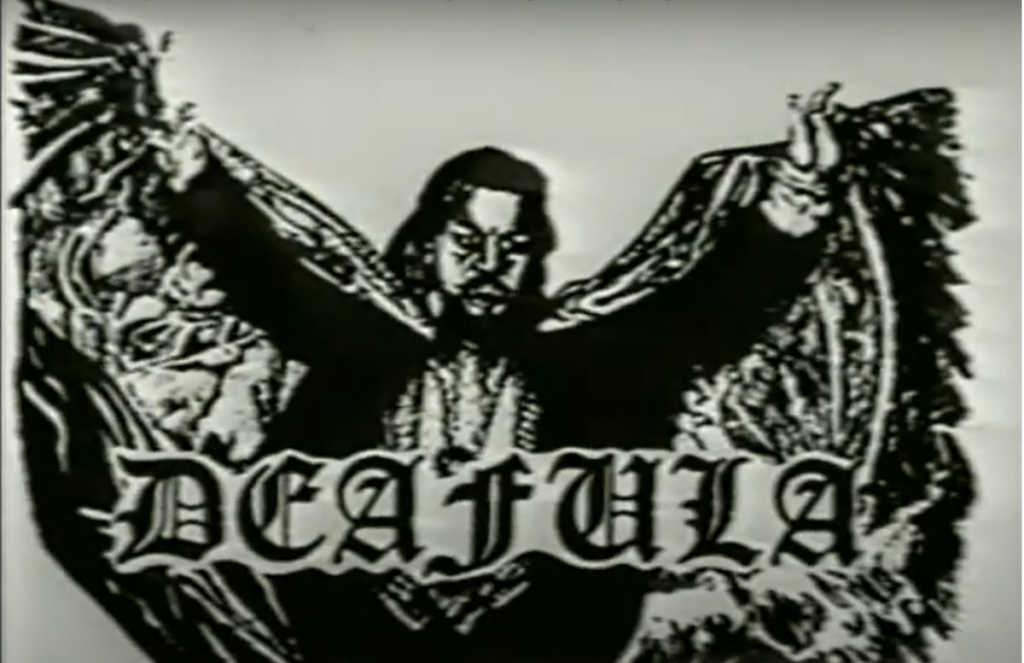
Deafula (1975)
Aside from having the best pun title of this list, Deafula is a unique piece of work in film history, not just that of Dracula adaptations. Peter Wechsberg, a member of the National Theater of the Deaf, directed the first-ever feature film made entirely in American Sign Language with this Dracula riff. He stars in the lead role as a theology student who fears that a vampire is committing a series of murders in his small town. Shot in black-and-white, it’s easy to see this set-up and think that Deafula is a comedy, but it’s actually a very serious drama with a high body count and a heavy theological slant.
It’s utterly sincere in its commitment to telling a story with and for the Deaf community (this is a world where being Deaf is the default), but some laughable effects and the addition of a misguided English dub, complete with a wonky Bela Lugosi impersonation, somewhat undercuts its intentions. Its thematic confusion could inspire many a thesis, given how unexpectedly Christian it ends up being.
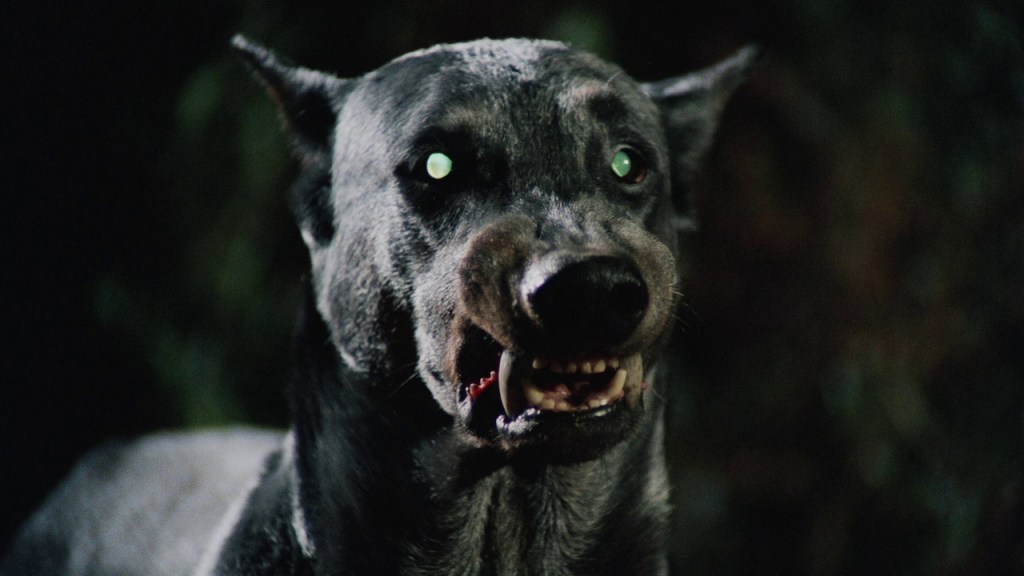
Zoltan: Hound of Dracula / Dracula’s Dog (1977)
Dracula has a lot of wolves at his command in the novel and can turn into one (although most adaptations prefer seeing him as a bat). Still, the concept of a vampiric Doberman is not one that immediately comes to mind for a Dracula adaptation. Step forward Zoltan: Hound of Dracula, also known as Dracula’s Dog. The Romanian Army accidentally opens a subterranean tomb, as you do, and unleashes the vampiric Pinscher Zoltan, who was turned into a bloodsucking canine by Dracula over 300 years prior.
Now the dog and his master-slash-goon must travel to America to find Dracula’s last remaining ancestor. More dogs become vampires, including a very adorable German Shepherd puppy, and the good boy doggies are, of course, the only good thing about this film. It’s too badly made to be scary but not knowing enough to be funny. You’d think a movie with a premise this daft would know when to lighten up.
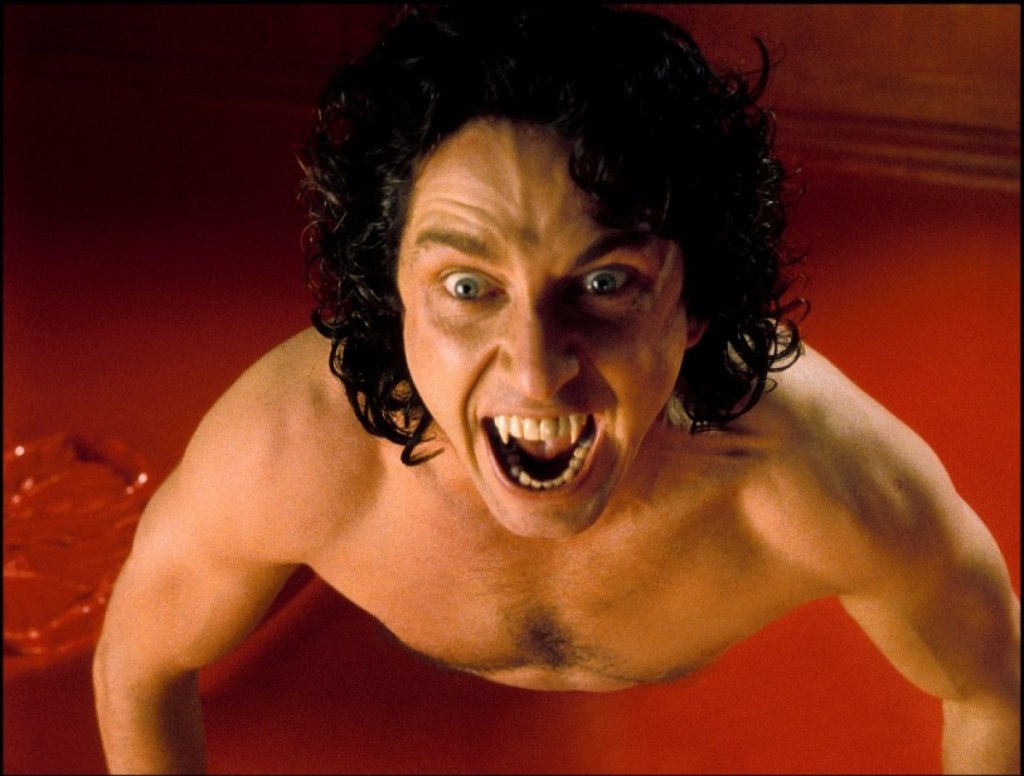
Dracula 2000 (2000)
Four words: Gerard Butler as Dracula. We could probably leave it there, but Patrick Lussier’s film is oddly more interesting than even that synopsis would suggest. Produced by, uh, Bob Weinstein, the infamous mogul made the film because the title was good. No, really, the uncredited screenwriter Scott Derrickson confirmed that.
Dracula 2000 is your typical late-‘90s/early-2000s sexy teen movie with a genre twist, but beneath the nu-metal soundtrack and jokes about the giant Virgin Megastore is a curiously compelling concept: What if Dracula was Judas Iscariot, doomed to walk the Earth for eternity as an undead bloodsucker after his betrayal of Jesus Christ? It’s certainly a setup that requires a defter touch than what’s on display here (again: Gerard Butler as Dracula), but there are fascinating aspects at play in Dracula 2000. It’s that unexpectedly rare Dracula adaptation that dares to find an explanation for the Count’s fear of Christian iconography. Imagine if this film had been allowed to go beyond its title.

Dracula: Pages From a Virgin’s Diary (2002)
There are a surprising number of ballet adaptations of Dracula, but none have garnered the intense acclaim received by the Royal Winnipeg Ballet’s production. Director Guy Maddin, once described by Roger Ebert as “Canada’s poet laureate of cinematic weirdness,” got his hands on the material and decided to bring it to the big screen. As was befitting the man who made Twilight of the Ice Nymphs (1997), his Dracula rejects all forms of the conventional.
Shot like a silent film from the German Expressionist era, Dracula: Pages From a Virgin’s Diary could lay claim to being one of the most visually sumptuous adaptations out there. With dancer Zhang Wei-Qiang in the title role, Maddin hammers home one of the novel’s oft-overlooked themes of xenophobia. How does genteel London society react when a rich and sexy man of color arrives on their shores and immediately starts seducing their women? The only downside of the film is that, for a ballet, we see little of the dancing. Shot in close-ups and with fake camera blurs, the choreography is all but ignored by the director. Still, Pages From a Virgin’s Diary is a hidden gem and maybe the sexiest Dracula adaptation since Coppola’s.
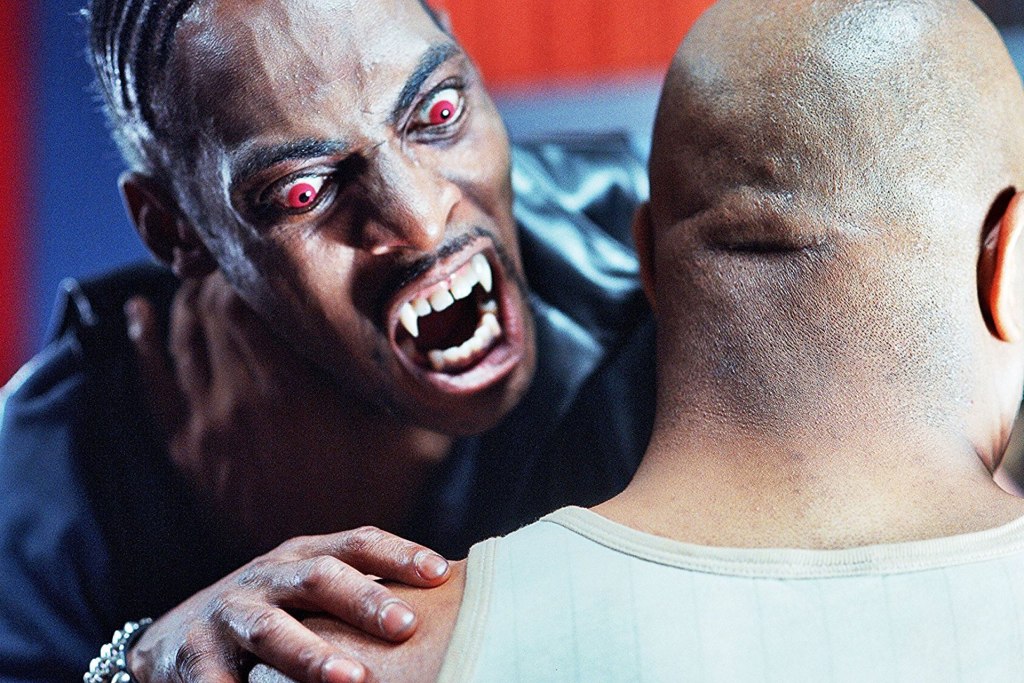
Dracula 3000 (2004)
Sooner or later, every long-running franchise or iconic character will end up in space. Jason went, so did Pinhead, and then Dracula followed. In this 2004 made-for-TV movie starring Casper Van Dien and Coolio, Captain Van Helsing boards the salvage spaceship Demeter where the remains of Count Orlock (a callback to Nosferatu but it’s still just Dracula) are being transported. This movie’s got it all: a former sex bot turned android cop on a secret mission; a shifty deckhand played by Tom “Tiny” Lister; Udo Kier as the ship’s captain; and some of the most inept filmmaking this side of Birdemic.
It’s a shame because, had this thing even been remotely competent, it would have been a fun lark in the vein of Syfy’s schlockier monster movies. The call-backs to Stoker’s book are interesting, and it’s one of the few Dracula adaptations that focuses on the voyage of the Demeter, a passage in the novel most adapters leave out entirely. But even at a paltry 86 minutes, this is a total drag, equal parts boring and baffling. So there you go, filmmakers of the world: the definitive Dracula in Space movie is still up for grabs!
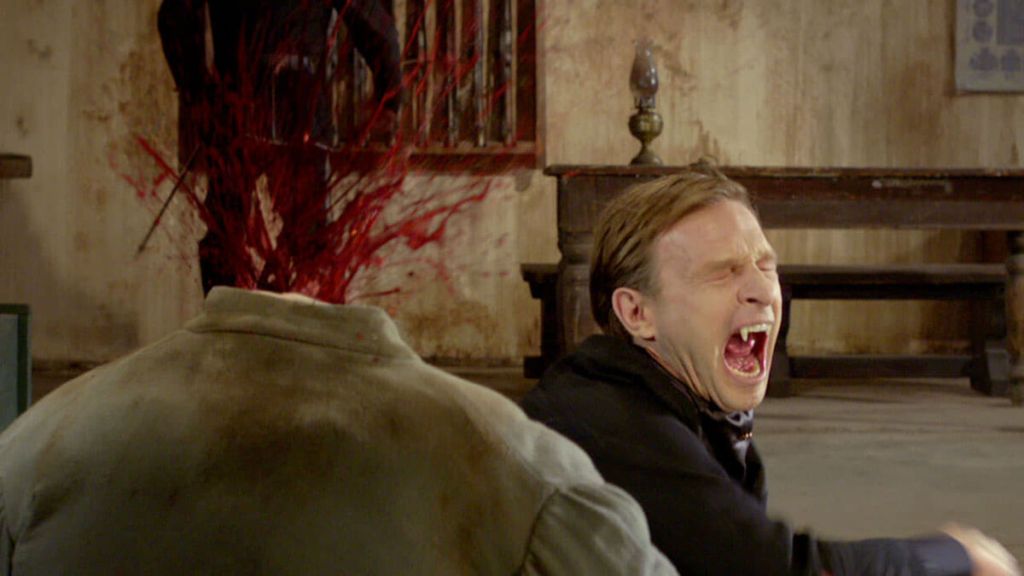
Dracula 3D (2012)
Once upon a time, the idea of Dario Argento making a Dracula film would have delighted horror fans the world over, but it’s been a while since the King of Giallo made a truly great movie, and Dracula 3D isn’t even close to good. The entire movie feels as though it was made under duress and with a budget of around $46, with some of the shoddiest special effects ever committed to celluloid.
Thomas Kretschmann is the least terrifying Dracula ever (yes, even less terrifying than Gerard Butler) while Asia Argento is tasked with doing little more than screeching and looking hot under her father’s direction. The nadir of the film comes in the form of a CGI giant praying mantis that couldn’t look any faker had it been in a Pixar movie from 1995. It’s a sorry state of affairs, especially from the man who gave us Suspiria. We wouldn’t be surprised if this was ghost-directed by Tommy Wiseau.
